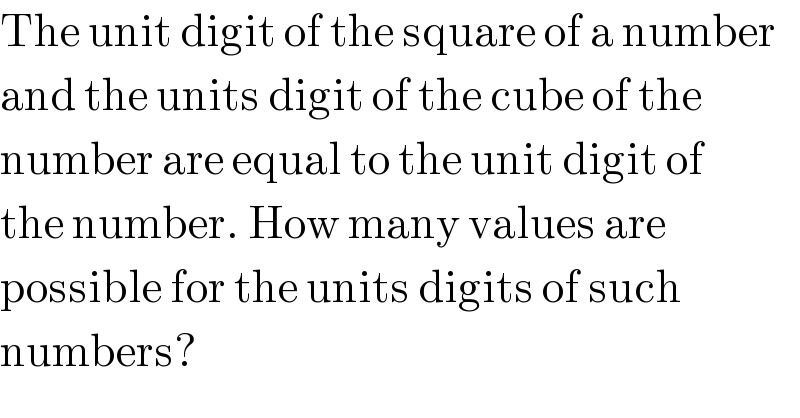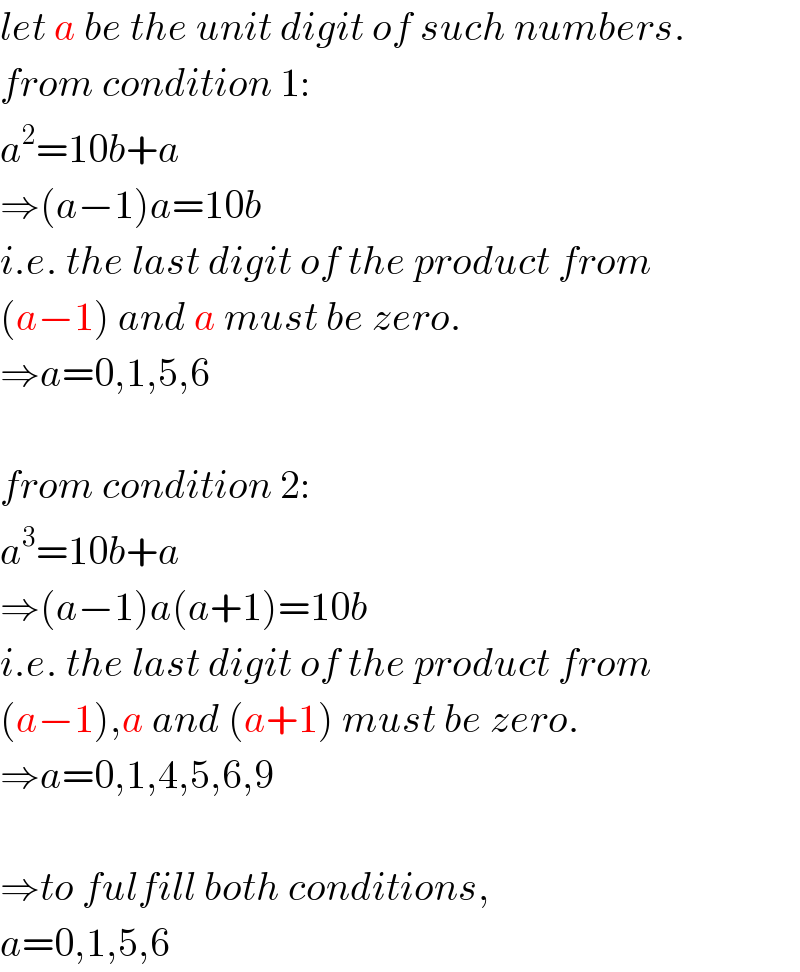Question Number 29326 by abdus salam last updated on 07/Feb/18

Answered by mrW2 last updated on 07/Feb/18

Commented by Rasheed.Sindhi last updated on 07/Feb/18
3x(3113n7 5!r!
Commented by mrW2 last updated on 07/Feb/18
Now I understand. Thank you sir!
Commented by Rasheed.Sindhi last updated on 07/Feb/18
5up3r8!!!
Commented by NECx last updated on 08/Feb/18

